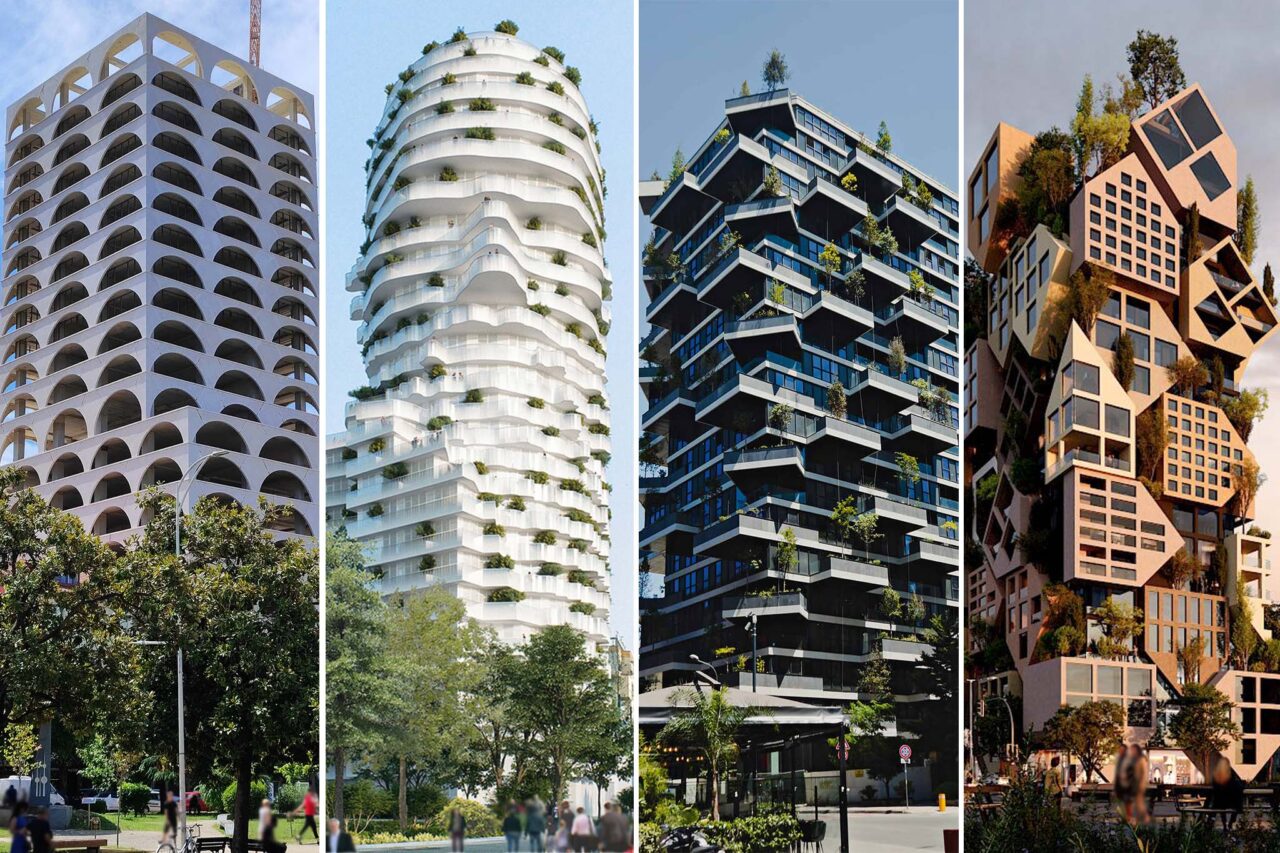
Tirana, the capital city of Albania, has long been admired for its unique architectural heritage, which reflects a blend of Ottoman, Fascist, and Soviet influences. However, recent urban developments have introduced a series of high-rise buildings that disregard this rich history, creating an incoherent and visually jarring cityscape.
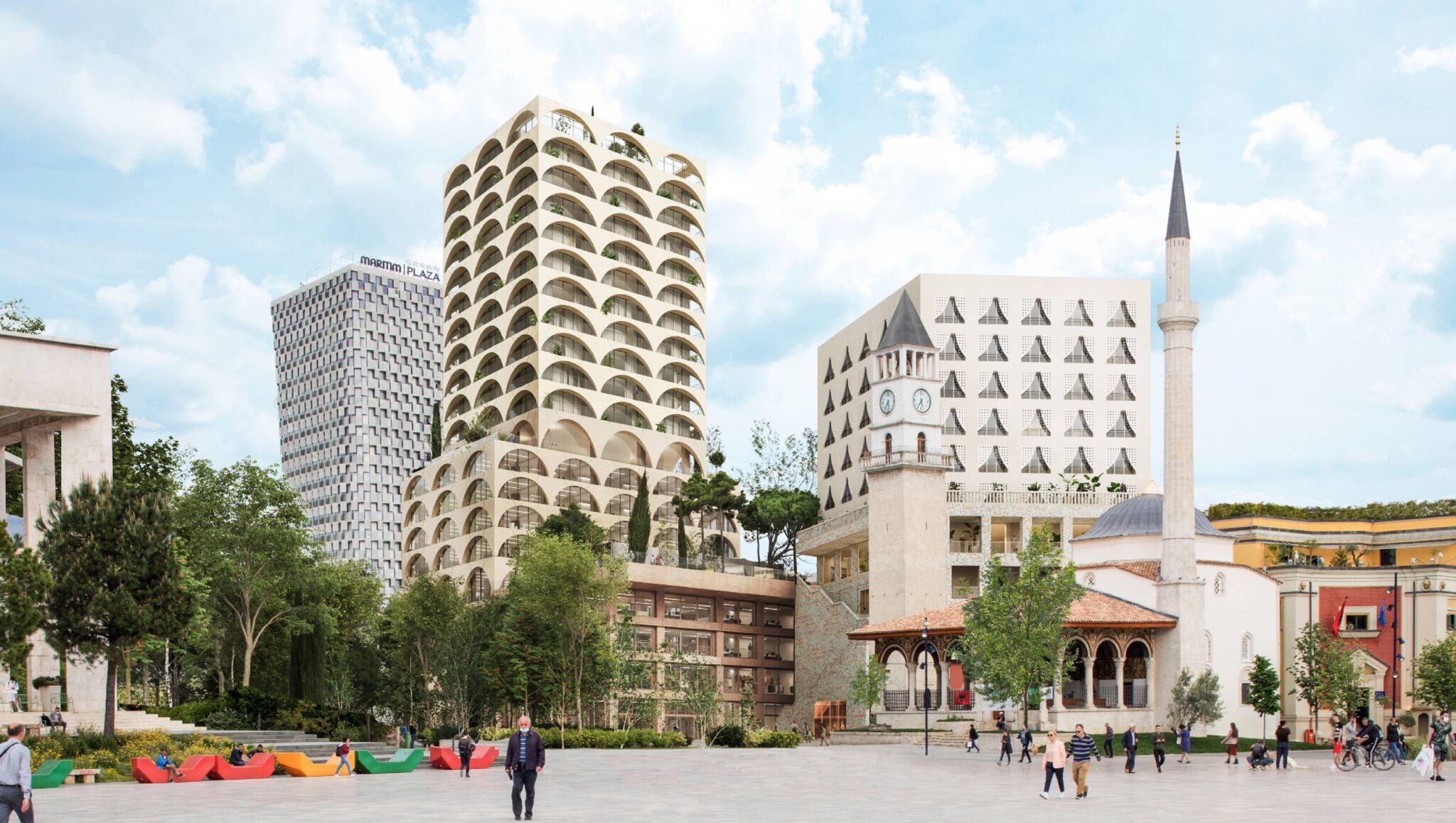
Disregard for Heritage
Firstly, the influx of new high-rise buildings in Tirana has created a discordant landscape that starkly contrasts with the city’s historical context. These modern structures, often lacking in creative design, overshadow the traditional architecture and historic landmarks that once defined the city. Instead of blending with the urban fabric, these towers impose themselves on the skyline, diminishing the cultural significance of their surroundings. Consequently, this results in a fragmented and disjointed cityscape that erodes Tirana’s unique identity.
Moreover, historical landmarks like the Et’hem Bey Mosque and the National History Museum, which are crucial to Tirana’s cultural fabric, are now overshadowed by towering, uninspired buildings. These developments make it difficult to appreciate and engage with the city’s architectural heritage. The monotonous, generic high-rises fail to capture Tirana’s cultural essence, missing the chance to enhance the cityscape.
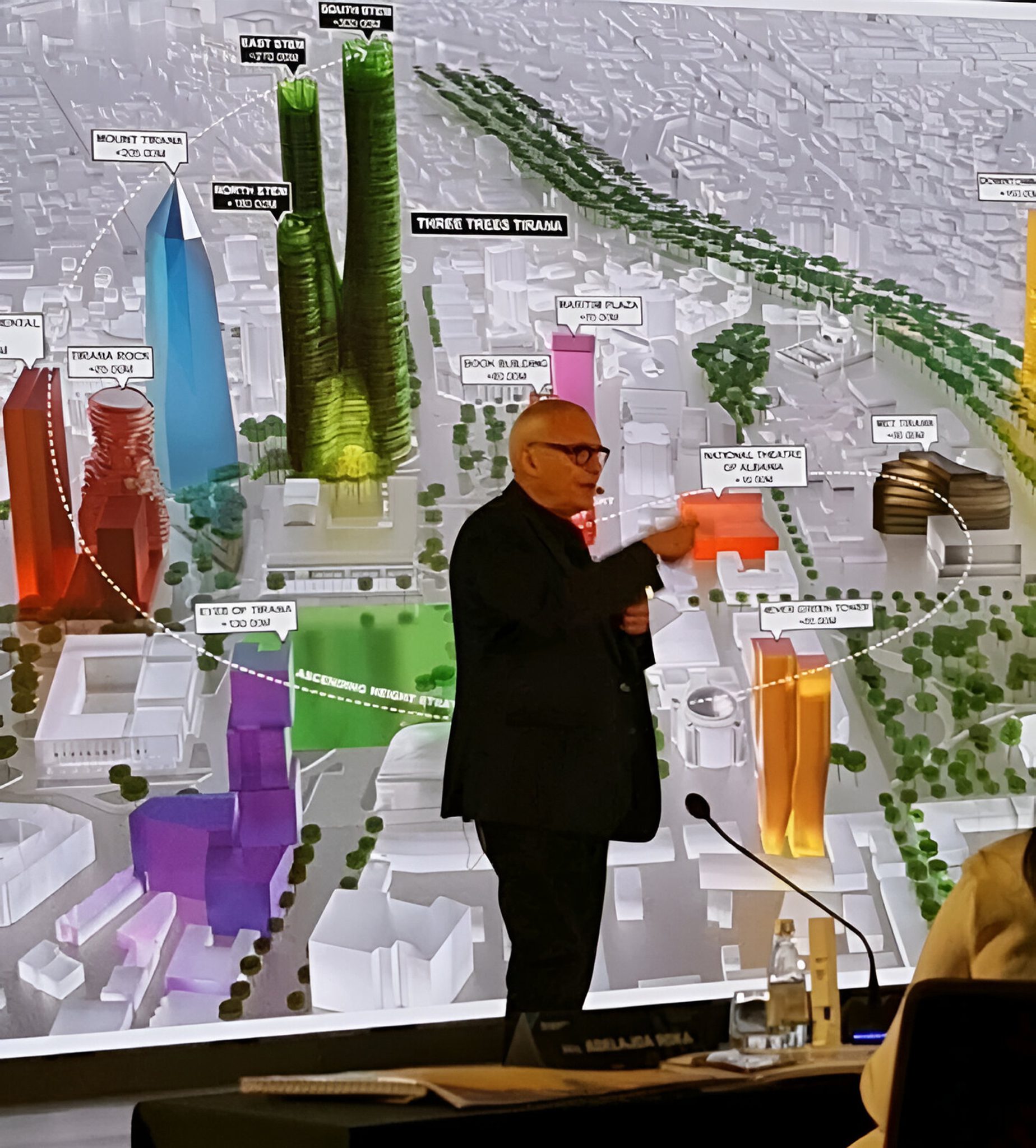
Lack of Architectural Cohesion
In addition, the recent construction surge in Tirana has resulted in a severe lack of architectural cohesion, creating a chaotic and disjointed urban landscape. High-rise buildings seem to appear randomly, without any consideration for a unified urban vision. This chaotic development has created a visually cluttered cityscape with mixed styles, materials, and heights disrupting urban continuity. Consequently, the resulting architectural disarray detracts from Tirana’s overall aesthetic appeal, leaving both residents and visitors bewildered by the lack of harmony.
Furthermore, the impact of this disorganized development extends beyond aesthetics, significantly affecting the lives of Tirana’s residents and visitors. For residents, the visual chaos contributes to a sense of disorientation and reduces their quality of life. Practical issues such as inadequate infrastructure, increased traffic congestion, and insufficient public spaces exacerbate the problem. Visitors, too, find the disjointed cityscape confusing, which detracts from their experience of exploring Tirana’s rich history and unique charm. Thus, the urgent need for a unified architectural vision, one that respects the city’s historical context and addresses the needs of its residents, is clear.
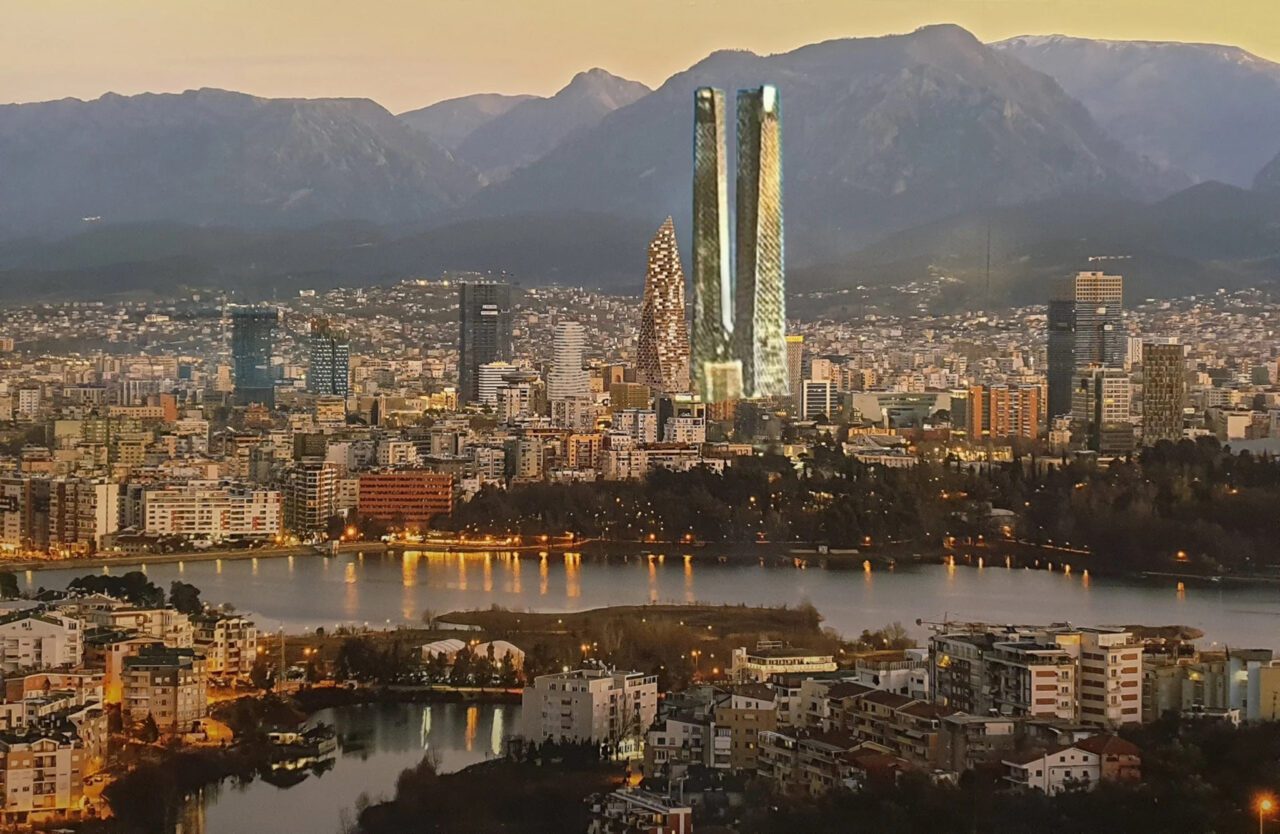
Environmental Neglect
The rapid surge in high-rise construction in Tirana has often neglected the vital need for environmental sustainability. Many of these buildings, constructed with outdated and inefficient methods, greatly increase energy consumption for heating, cooling, and lighting. Additionally, the reliance on non-renewable energy sources worsens greenhouse gas emissions and pollution. The lack of green building practices and energy-efficient systems highlights the environmental disregard for these developments. As a result, this lack of sustainability not only harms the environment but also leads to higher utility costs for residents.
Moreover, failing to implement proper waste management systems and green spaces has aggravated the urban heat island effect, making the city less livable. The removal of trees and green areas to make way for high-rises weakens Tirana’s climate resilience and adversely affects residents’ health. Poor air quality, higher temperatures, and limited access to green spaces contribute to deteriorating physical and mental health. Consequently, these challenges threaten Tirana’s sustainability, necessitating urgent adoption of green building practices, enhanced waste management, and preservation of green areas.
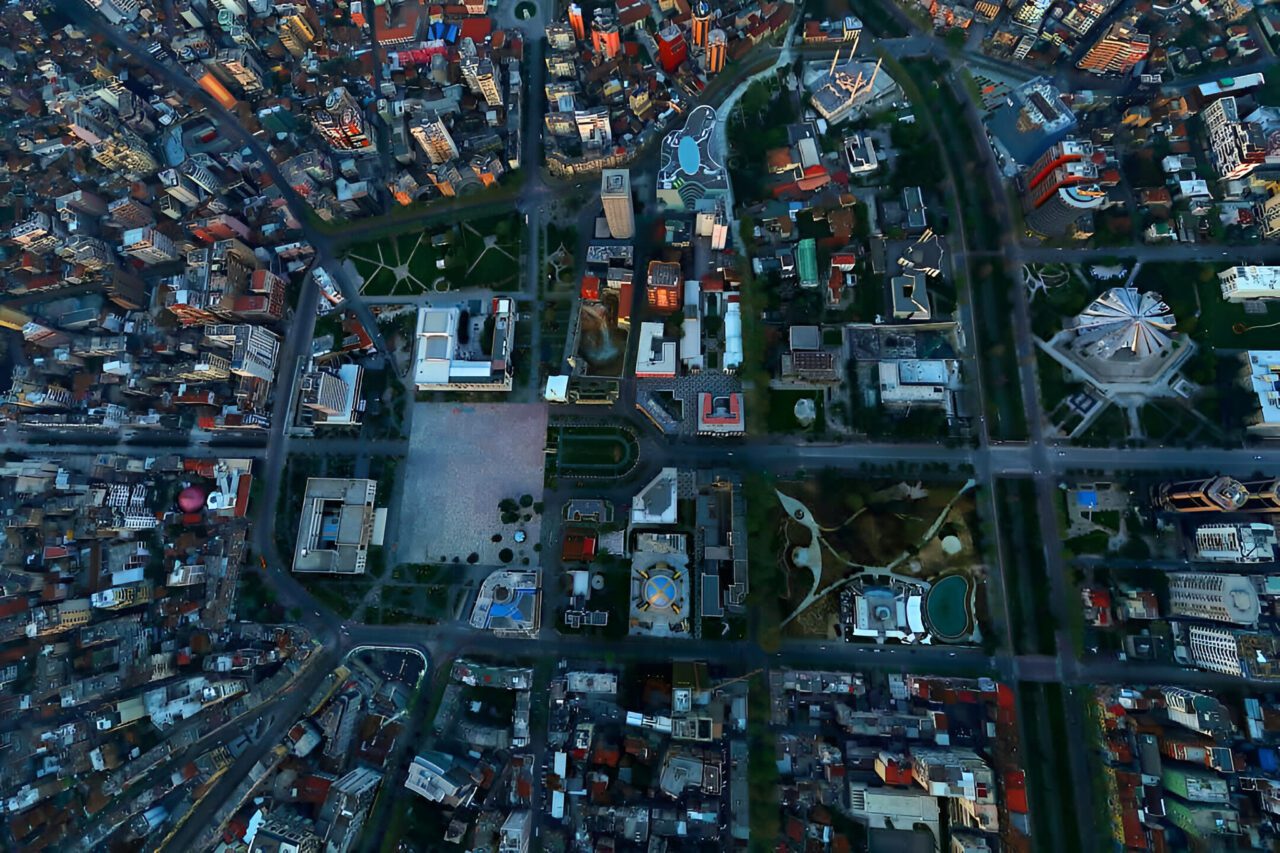
Ignoring Citizen Needs
Moreover, there are significant concerns about the social impact of the high-rise buildings in Tirana. These developments prioritize luxury apartments and commercial spaces, catering to affluent buyers while neglecting the broader population’s needs. Focusing on luxury properties reduces affordable housing and amenities, worsening inequality and displacing established communities. The lack of accessible public spaces and infrastructure further alienates citizens, reducing their overall quality of life.
Additionally, the proliferation of luxury residences and commercial spaces raises property values, making it hard for lower-income residents to stay. This displacement disrupts social cohesion and community networks, forcing residents to relocate to less desirable areas. Furthermore, rapid high-rise development without proper infrastructure leads to congestion, pollution, and poor public services, harming residents’ lives. Thus, the alienation underscores the urgent need for urban planning that prioritizes affordable housing, community amenities, and infrastructure improvements.
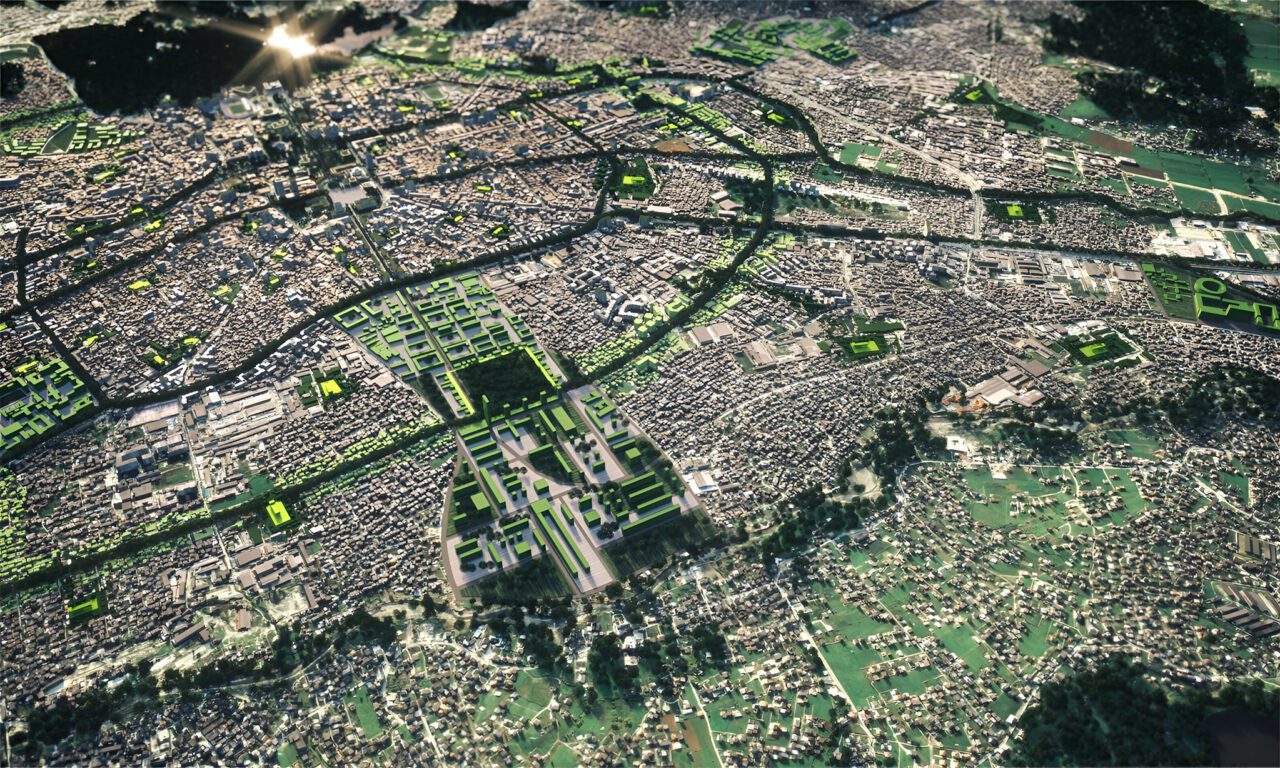
The Way Forward
Finally, to mitigate the architectural dissonance plaguing Tirana’s cityscape, adopting a more thoughtful and inclusive approach to urban development is vital. City planners, architects, and developers must collaborate on a cohesive vision honoring heritage, sustainability, and citizens’ needs. This includes preserving historical structures, incorporating green spaces, and ensuring that new developments enhance the community’s overall well-being.
In conclusion, as Tirana rapidly grows and modernizes, it is crucial to handle this transformation with care and thoughtfulness. Prioritizing architectural integrity, sustainability, and community needs can help Tirana honor its roots and embrace a brighter future. Collaboration among all stakeholders is imperative to achieving this vision and ensuring that Tirana’s urban development is harmonious and sustainable.

